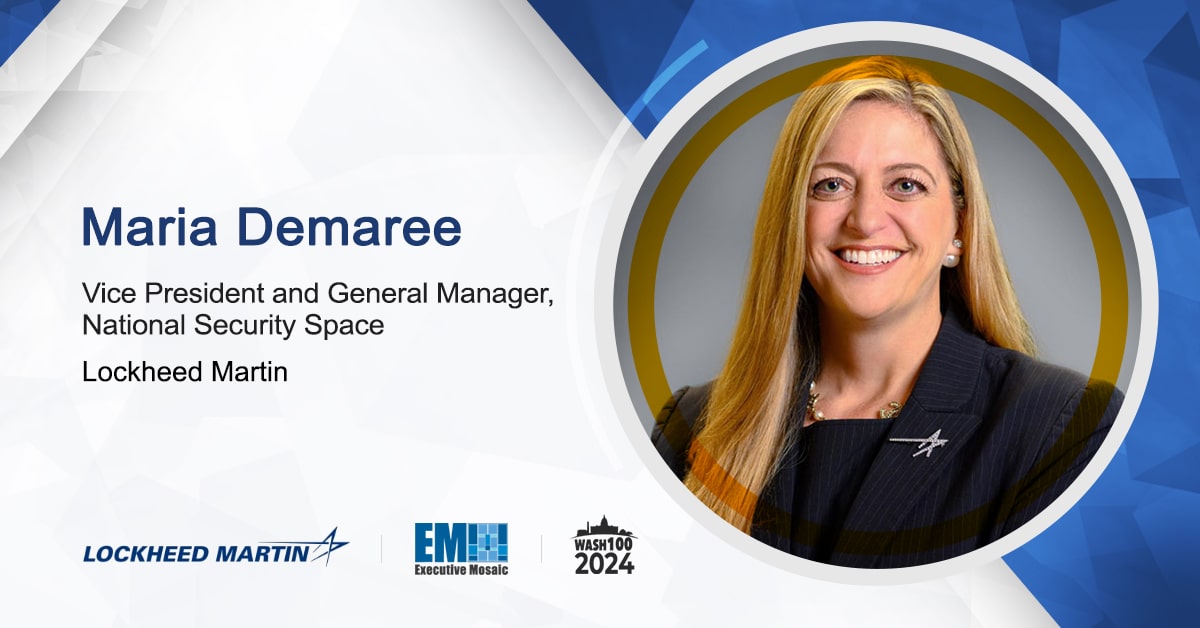The satellite communications industry is undergoing a major transformation. With a growing commercial presence, rising geopolitical tensions and an intensifying race for technological dominance, the space domain is poised for dramatic innovation and discovery.
Executive Mosaic spoke with Intelsat CEO Dave Wajsgras in a new video interview to find out what’s driving space and satellite communications trends, understand the role Intelsat plays in the GovCon market and get a glimpse into the future of the rapidly growing industry.
According to Wajsgras, a seven-time Wash100 Award winner, in the past few years, “The industry started to really transform with what we call new space companies — think of those as companies that operate in what we call low Earth orbit, the orbit that’s closest to Earth by definition, and bringing new capabilities online to support multiple different industries and people around the world.”

Join the Potomac Officers Club’s 2024 Space Summit on March 5 to hear from speakers like SDA Director Dr. Derek Tournear and Space Systems Command Commander Lt. Gen. Michael Guetlein. Register here.
These relatively new entrants in the space domain include SpaceX and its Starlink satellite constellation, Amazon’s Project Kuiper, which is expected to be a competitor in the low Earth orbit market, and Canadian communications company Telesat, among others, said Wajsgras. In tandem with the explosion of commercial space companies in the industry, Wajsgras is also seeing what he calls a “demand pull” from governments around the world as they demand more capabilities and technologies from these new space entrants in light of geopolitical developments and uncertainties.
“Ultimately they will truly require ubiquitous secure communications around the world that works anytime, anywhere, wherever it’s required,” Wajsgras told Executive Mosaic’s Summer Myatt. “Today frankly, we don’t have that. That’s one of the biggest demands on companies like Intelsat to provide going forward.”
Intelsat is in a unique position in the market as one of the largest geostationary satellite communications companies in the world, said Wajsgras, and as such, the company is undertaking a number of innovative initiatives and projects that are expected to answer that “demand pull” from the U.S. and global governments.
Find out more about the trends shaping the future of space and the work Intelsat is doing to adapt to the rapidly changing landscape — watch Dave Wajsgras’ full video interview here. Subscribe to Executive Mosaic’s YouTube channel and follow us on LinkedIn for more insights from GovCon leaders.





